
Can You Travel with a Hamster? A Comprehensive Guide
Traveling with a pet hamster isn’t as straightforward as it might seem. It requires careful consideration of your pet’s safety, comfort, and the logistics involved.
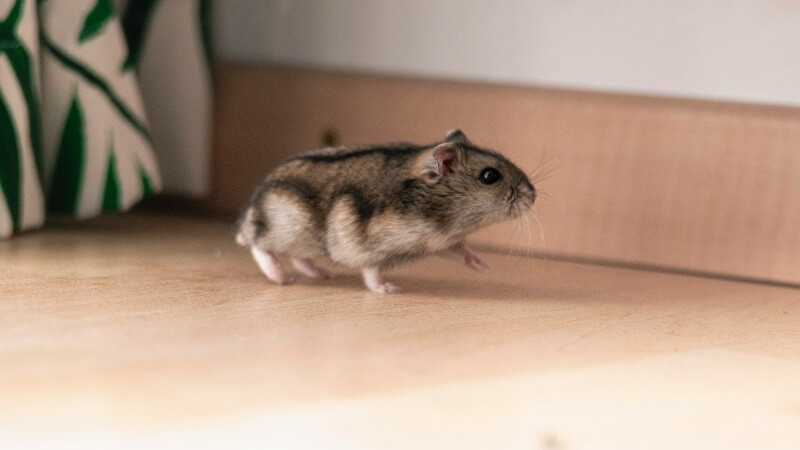
Encountering a scaring hamster can be a challenging experience for any pet owner.
This comprehensive guide aims to equip you with effective strategies to soothe and reassure your little companion, enhancing their sense of security and your bonding experience.
Hamsters, as small prey animals, possess an instinctual alertness that makes them easily frightened by unexpected stimuli.
Sudden movements, loud noises, or unfamiliar environments can trigger their fear response.
By comprehending what scares a hamster, we can develop more compassionate and effective methods to calm and reassure them in stressful situations.
Identifying the signs of a scaring hamster is crucial. These small creatures often exhibit fear through behaviors such as hiding, freezing, or nibbling.
Understanding these responses helps in developing an empathetic approach towards your pet.
The environment plays a pivotal role in the well-being of a scaring hamster.
Ensuring a quiet, stable habitat, with minimal noise and disruption, is essential.
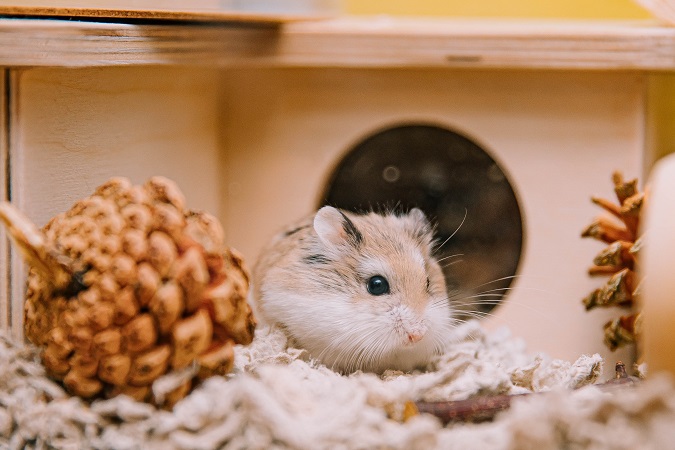
Approaching a scaring hamster requires patience and gentleness.
Slow movements, a calm demeanor, and a soft voice are key.
Effective soothing of a scaring hamster involves a combination of gentle physical interaction and behavioral understanding. This section delves into various tactics that can be employed to calm and build trust with your pet.
Whenever your hamster responds positively to your interaction, reward them with a treat or gentle praise.
This positive reinforcement encourages them to associate your presence with good experiences.
It’s easy to inadvertently stress a scaring hamster. This part of the guide highlights common mistakes to avoid, such as over-handling, loud noises, and sudden movements. Recognizing signs of stress and understanding the hamster’s limits are critical components of responsible pet ownership.
Caring for a scaring hamster requires more than just addressing their immediate fears.
It involves creating a long-term living environment that consistently meets their needs for comfort and safety.
This section explores how to achieve this by focusing on various key elements.
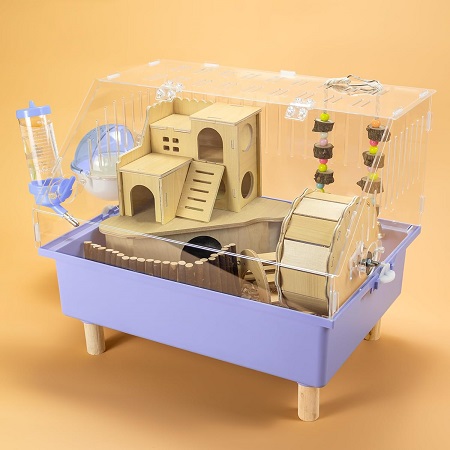
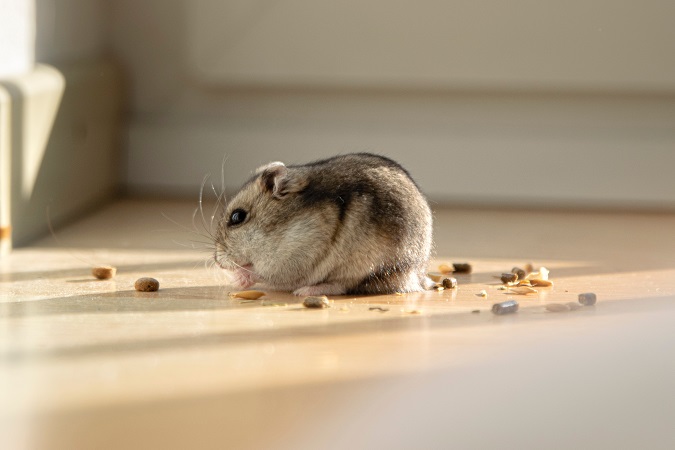
In conclusion, caring for a scaring hamster is a rewarding journey that requires understanding, patience, and dedication.
By following the guidelines in this guide, you can create a nurturing environment for your pet, fostering a deep and trusting bond.
Remember, each hamster is unique, and adapting to their individual needs is a key part of the journey.
1. How can I tell if my hamster is scared or stressed?
Signs that a hamster is scared or stressed include excessive hiding, aggressive behavior like biting, shaking, and changes in eating or sleeping patterns. They may also freeze or attempt to escape when frightened.
2. How often should I interact with my scaring hamster to build trust?
Start with short, daily interactions and gradually increase the time as your hamster becomes more comfortable with you. It’s important to be patient and let your hamster dictate the pace of interactions.
3. What are some safe fruits and vegetables I can offer as treats to my scaring hamster?
Safe treats include small pieces of apple (without seeds), carrot, cucumber, and broccoli. Always introduce new foods slowly and in moderation to avoid digestive issues.
4. How do I properly clean my hamster’s cage without causing it stress?
Clean the cage during a time when your hamster is less active, such as during the day, since they are nocturnal. Try to keep some of the old bedding to maintain familiar scents, and avoid using strong-smelling cleaners.
5. Is it normal for a scaring hamster to take a long time to adjust to its new environment?
Yes, it’s normal for hamsters, especially those that are easily scared, to take some time to adjust to new surroundings. Providing a consistent and safe environment, along with patience from the owner, will help in easing this transition.


Traveling with a pet hamster isn’t as straightforward as it might seem. It requires careful consideration of your pet’s safety, comfort, and the logistics involved.

Finding the best hamster cage for Syrian hamster is crucial, as these curious, low-maintenance, and independent pets thrive in the right environment. The primary concern

When I began, the task of selecting essentials for a natural hamster habitat was daunting. To ease this process, I’ve assembled an exclusive set of

Have you ever wondered, “Are hamsters happier in bigger cages?” Generally YES. It’s a question that might seem straightforward, but there’s more to it than
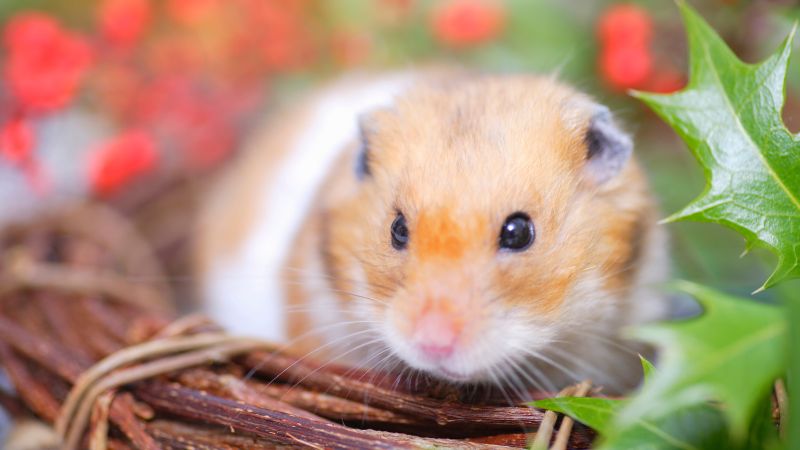
Traveling with a pet hamster isn’t as straightforward as it might seem. It requires careful consideration of your pet’s safety, comfort, and the logistics involved.

Finding the best hamster cage for Syrian hamster is crucial, as these curious, low-maintenance, and independent pets thrive in the right environment. The primary concern

When I began, the task of selecting essentials for a natural hamster habitat was daunting. To ease this process, I’ve assembled an exclusive set of

Have you ever wondered, “Are hamsters happier in bigger cages?” Generally YES. It’s a question that might seem straightforward, but there’s more to it than
Copyright © 2025 woodhamstercage. All Rights Reserved.